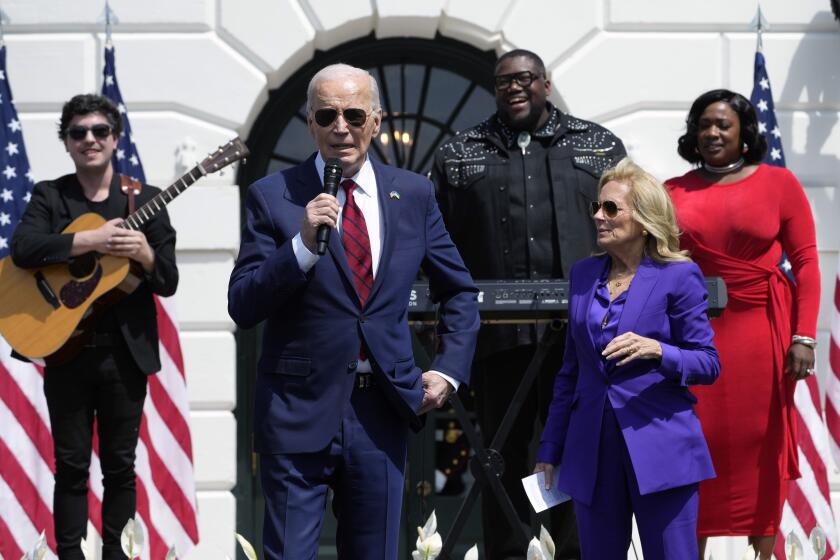Bolivia to spend $450 mn in 2019 exploring for natural gas
Bolivian state hydrocarbons company YPFB said Monday that it plans to invest some $1.45 billion in the natural gas sector this year, including $450 million on exploration efforts.
Roughly $20 million of that exploration budget will go toward the digging of the Florida-X2D exploratory well, Hydrocarbons Minister Luis Alberto Sanchez said to mark the start of work at the site on Monday.
The drilling of the exploratory well in the southern municipality of Cabezas began with the objective of “evaluating the hydrocarbon potential” at a depth of more than 4,400 m (14,436 ft), he said.
He also mentioned that it is estimated that by mid-year the drilling operations will be concluded, noting that “If positive, it will allow for the discovery of a new field.”
Also, “it would allow expanding exploratory opportunities for new gas resources in the area and areas that have yet not been explored,” the minister said.
Sanchez said that for 2019 the ministry expects to sink “about 20 exploratory wells” as part of a push to “expedite the start of drilling all the wells.”
“We continue to work on increasing our reserves, our production and our income for the country. We will continue to attract new investments and continue to be an important pillar for the economy,” he said.
Bolivia has about 10.7 trillion cubic feet of natural gas, the second-largest reserves in Latin America, valued at about $70 billion, according to YPFB.
Natural gas is one of the Bolivian State’s main revenues - especially when sold to countries such as Argentina and Brazil - a trade La Paz hopes to extend to other neighboring countries such as Paraguay and Peru.
The Bolivian government says that its natural gas is the most competitively priced in the region, selling for a little more than $6 per million BTUs (British thermal units), while Chilean gas is sold for roughly $10 per million BTUs.
Under President Evo Morales , who took office in 2006, Bolivia has also sought to develop a petrochemical industry based on its gas reserves.
The Andean nation opened its first petrochemical complex in September 2017. The plant, which represents an investment of some $950 million, produces both urea- and ammonia-based fertilizer.



